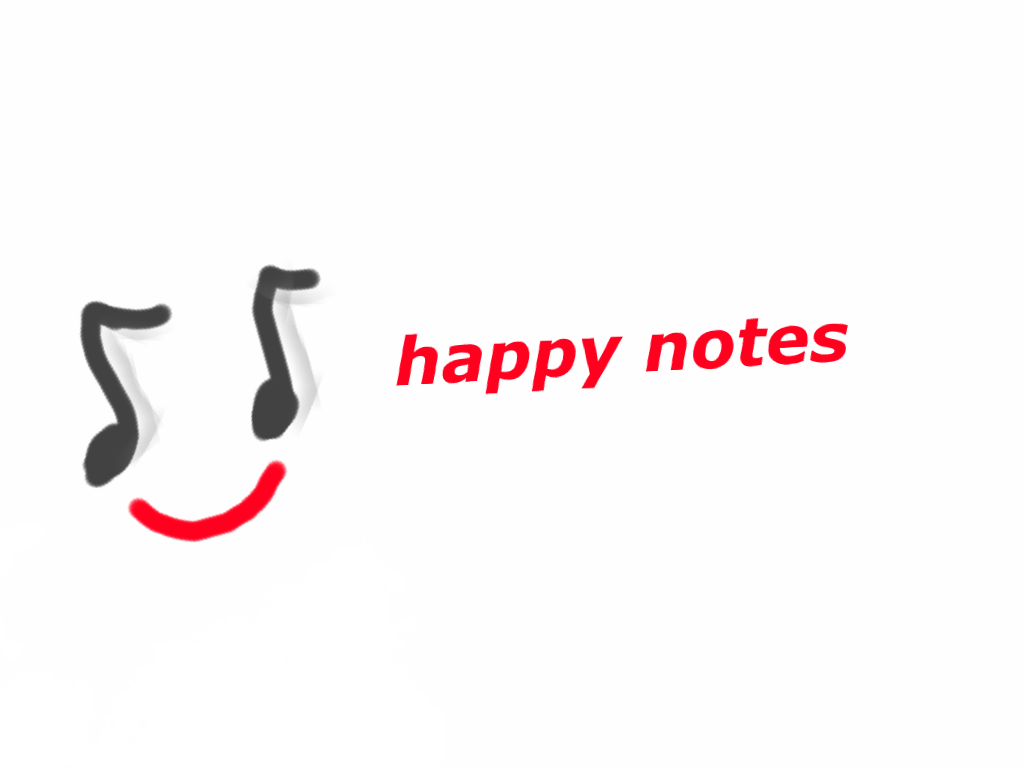Month: July 2015
60s Swing
This is another video of demonstration, I’m playing 60s swing, a grade 5 ABRSM exam piece 🙂
Say Something
Say Something (Alex and Sierra version)
This is a new song that I transcribed, follow Alex&Sierra rendition in their X factor performance, It is a simple and touching piece, I hope you like it too.
original
piano cover
let her go
Finally after days and nights, Let Her Go transcription in F#major is done:). I follow Alex&Sierra version in their X factor performance, their The original is in G major, which is much more easier to play on, but play in F# is a good training for you 🙂
This is a thumbnail made by myself! I’m using Pic Monkey website to do it, it is really a easy to use software, you can do your own picture editing here!
The original song
My piano cover 🙂
ABRSM Piano Practice Tips Example Grade 3 A1 2015/2016 Sonatina in C Major, Op. 36 No.1, Muzio Clementi. Step 1: Know Your Piece.
ABRSM Piano Practice Tips Example Grade 3 A1 2015/2016 Sonatina in C Major, Op. 36 No.1
Disclaimer: this article is more friendly for parents, adult beginners and teachers to read.
As we follow the step by step guide that I posted before this, the FIRST STEP
1. Know your piece. (WIKIPEDIA is your friend!)
TITLE of the piece: SONATINA IN C MAJOR Op. 36 No.1
Ask yourself, What is “Sonatina in C” means, okie, maybe you understand that is A SONATINA in the key of C major.
so from wikipedia, A SONATINA is literally a small sonata. Ok, that is literally good enough for a beginner to know.
(If you are interested no harm continue reading…bla bla bla….about sonata….bla bla bla…Handel’s sonatina…bla bla bla …sonata form…)
OK, then right now you might be curious about the sonata form, so just go to find out more about the exposition, first subject/theme, second subject, then how modulation work so it goes to the dominant key,then how about the development then recapitulation???!..(if you can find this our yourself this is like one step further to becoming a music scholar, :D)
FOR the very BEGINNER, teacher can explain like this, there are basically 3 sections in a sonata form (try to related it to life so that it is more interesting, e.g. 1.going out from home, 2.do something interesting outside, 3.going back home again). In this piece, 1st one pattern is like this (demo), 2nd pattern is like that, then the middle section is always have a kind of feeling of key fluctuation, it has more contrasting feel or unexpected moment here, then the last section is like a return, it uses the same pattern again (demo)
Let students to understand bit by bit as they will be playing more sonatas in future.
a tiny bits of COMPOSER’s background
More often than not, we are not expecting young little student to read article too hard just for playing the music WELL, YES we will ask them play straight away because, in fact, for beginner, this is not really a ‘must’ process, their focus span is short, and we are happy if they can take their time to READ NOTES carefully. But, at least, we can show them the PICTURE
Yes dear student ! ‘We are going to learn this piece that composed by this uncle oops…sorry, this early classical period composer’ (show them the picture)
FOR ADULT LEARNER, you can do more research on it, such as:-
MUZIO CLEMENTI
Period: early classical
Full name: Mutius Philippus Vincentius Franciscus Xaverius Clementi (his name is VERY LONG)
Italian-born British pianist and composer.
Developed the techniques of the early piano to such an extent that he was acknowledged as “the father of the pianoforte.”
By the age of 13 to 14, he had already composed an oratorio, Martirio de’ gloriosi santi Giuliano e Celso, and a mass, and had become proficient enough as a musician to be employed as organist at the Church of S. Lorenzo in Damaso.
During his 20s, he spent about 7 years practice harpsichord, practice the works of J.S. Bach and many other Baroque composers.
Try to make something short and catchy YOURSELVE…..
e.g.
Clementi died at the age of 80 (This is something I will always find out…this is life..) oh no this is too negative…so we change
Clementi lived for 80 years long!
Clementi could play organ, harpsichord and piano VERY WELL
Clementi moved to England in 1766
Clementi MET Mozart, Mozart criticized on his composition style
Clementi was also a businessman (1802), He has his own company, Clementi & Co, publishing music (e.g. he published music of Beethoven), and
Clementi was a successful pianoforte (early piano) manufacturer, and so
Clementi was doing quite well financially
Clementi composed almost 110 piano sonatas
and so on…….
I hope you enjoy reading this, next post and will discuss about the 2nd step, which is VERY IMPORTANT! Dealing with notes and fingering, stay tuned!!!
Thanks for your support!!! have a nice day ahead!
Reference:





